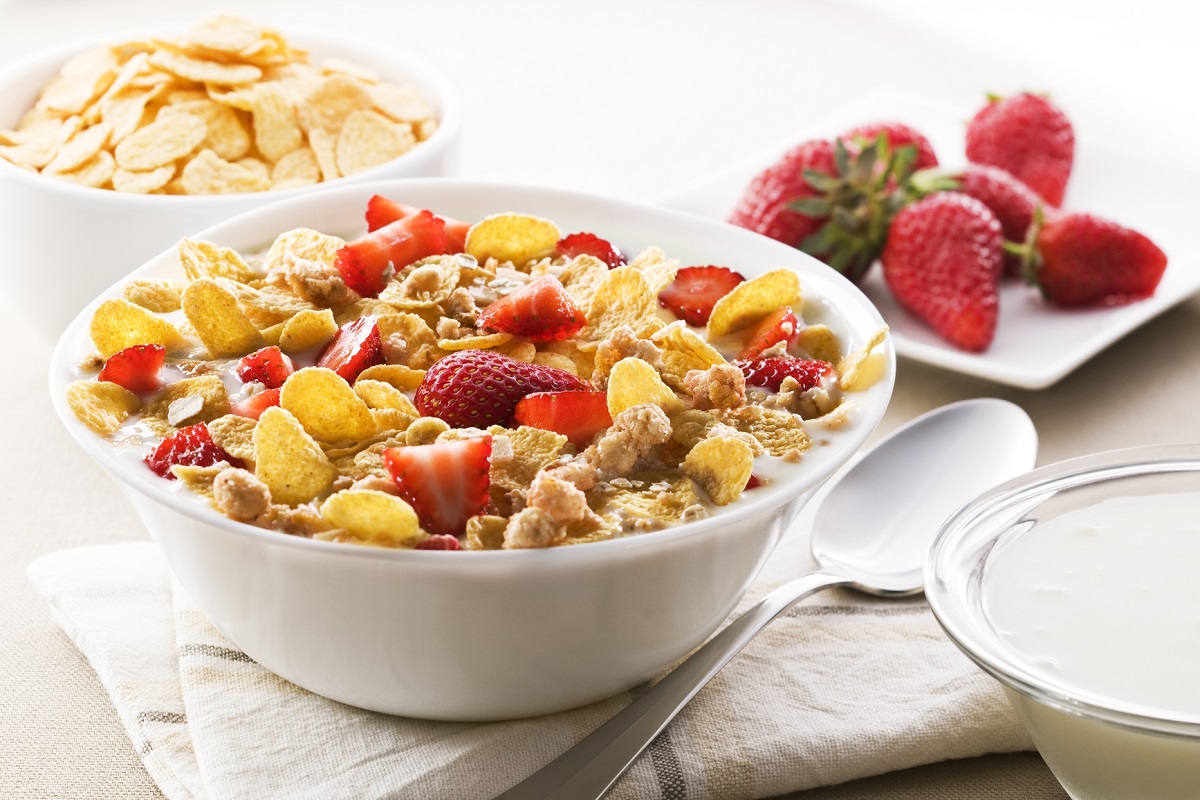A healthy, low-fat and nutritious eating plan can be just as exciting as the full-fat relatives of the tastiest dishes. Grocery stores provide such a large cornucopia of fresh fruits, vegetables, and low-fat food choices that a variety of stimulating and satisfying flavors can easily enhance your plate and your palate. Take advantage of this assortment, inject some creativity, and your tongue need not loll; rather your taste buds will dance and yearn for the sundry flavors.
Table of contents:
- Mix water-packed tuna with low-fat cottage cheese
- Applesauce
- Granola
- 1% milk
- Fresh fruits and vegetables
1. Mix water-packed tuna with low-fat cottage cheese
To this day, tuna fish swims with a healthy school of thought on proper eating habits. Tuna salad is a nutritious choice for lunch or dinner, whether it stands on top of a bowl of greens or on light whole grain bread. An excellent way to dish the fat with tuna salad is to mix water-packed tuna with low-fat cottage cheese, instead of mayonnaise.
Replacing mayonnaise with cottage cheese packs less fat, fewer calories, and more taste. In place of a tuna salad sandwich, try scooping the new tuna salad mixture onto a rice cake and add a slice of tomato and cucumber, and a sprinkle of pepper on top. This provides a crunchy texture, is delicious and very satisfying.
2. Applesauce
For baked goods, a sweeter and healthier substitute for cooking oil is applesauce. When baking a cake, use a dollop more of applesauce than the called-for measure of oil in the recipe. This ingredient dishes the fat cuts the calories and provides a portion of the apple per day that keeps the doctor away.
3. Granola
Cereal can be a nutritious breakfast choice. Opt for whole-grain cereal, like granola. In place of milk, try a low-calorie, low-fat yogurt with fruit. The choice offers exceptional fiber intake, protein, and calcium, and fills the stomach better and faster than the typical milk and grain option.
4. 1% milk
For children, two years of age and older, 1% milk is preferable to the fuller fat Vitamin D version. Many people mistakenly believe that kids’ bodies require the full fat and nutrients provided by whole milk. The truth of the matter is that 1% milk provides more calcium than its whole fat cousin.
When fat is skimmed from the milk, this makes way for more calcium and other nutrients to remain. Note, however, that calcium is a fat-soluble mineral; as such, at least 1% milkfat is necessary for bodily retention and proper use of calcium in a healthy body.
5. Fresh fruits and vegetables
As a final point, consuming fresh fruits and vegetables can never be taken too lightly. Fruits and vegetables offer the body a plethora of vitamins, minerals, and phytonutrients. Most fruits and vegetables offer no fat and much fiber.
The avocado is an exception to the no-fat rule, however. An avocado actually provides the best fat for a human body; it is an exceptional choice of all the fat choices available. As such, a side of avocado or an addition of a slice or two to a sandwich is a healthy, nutritional option.
Dishing the fat and eating healthfully is very simple when you know the rules. With a bit of creativity, your healthy eating habits can be as fun as they are simple and tasty.







